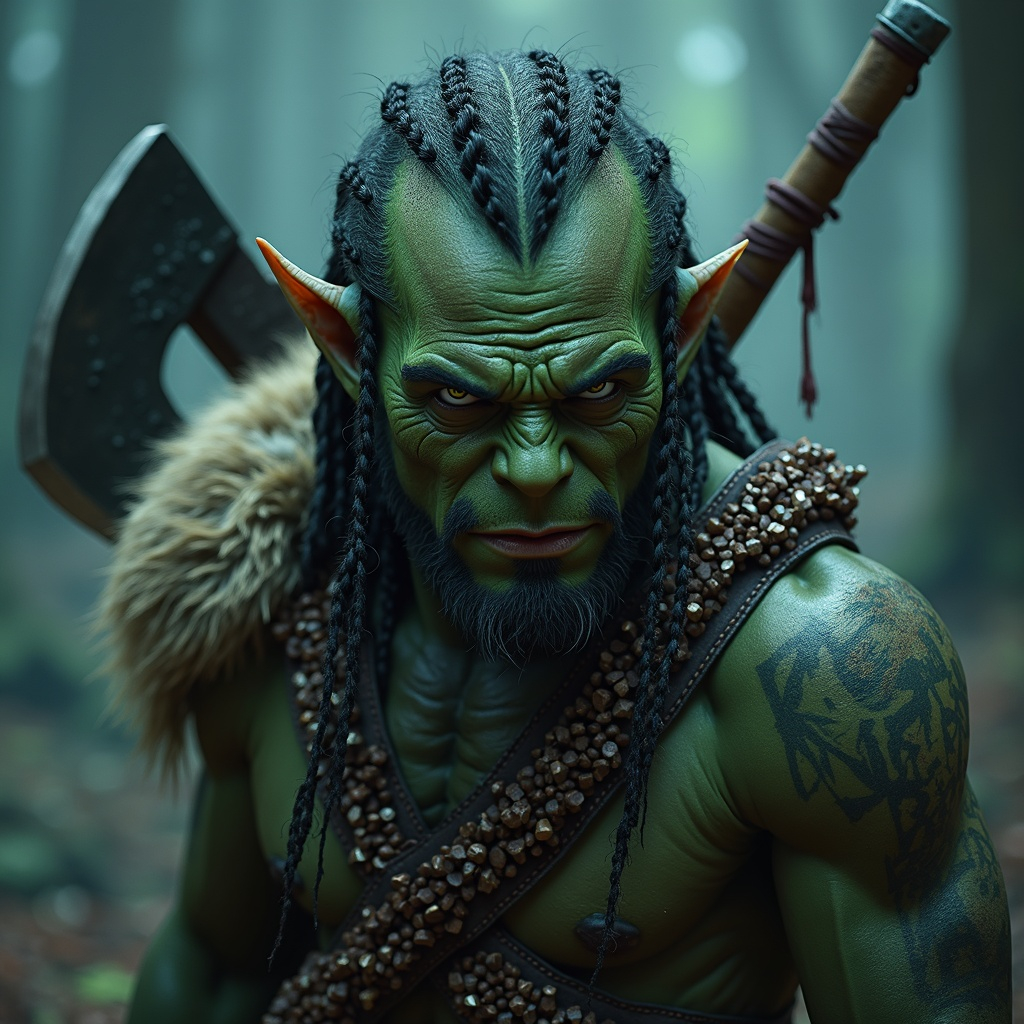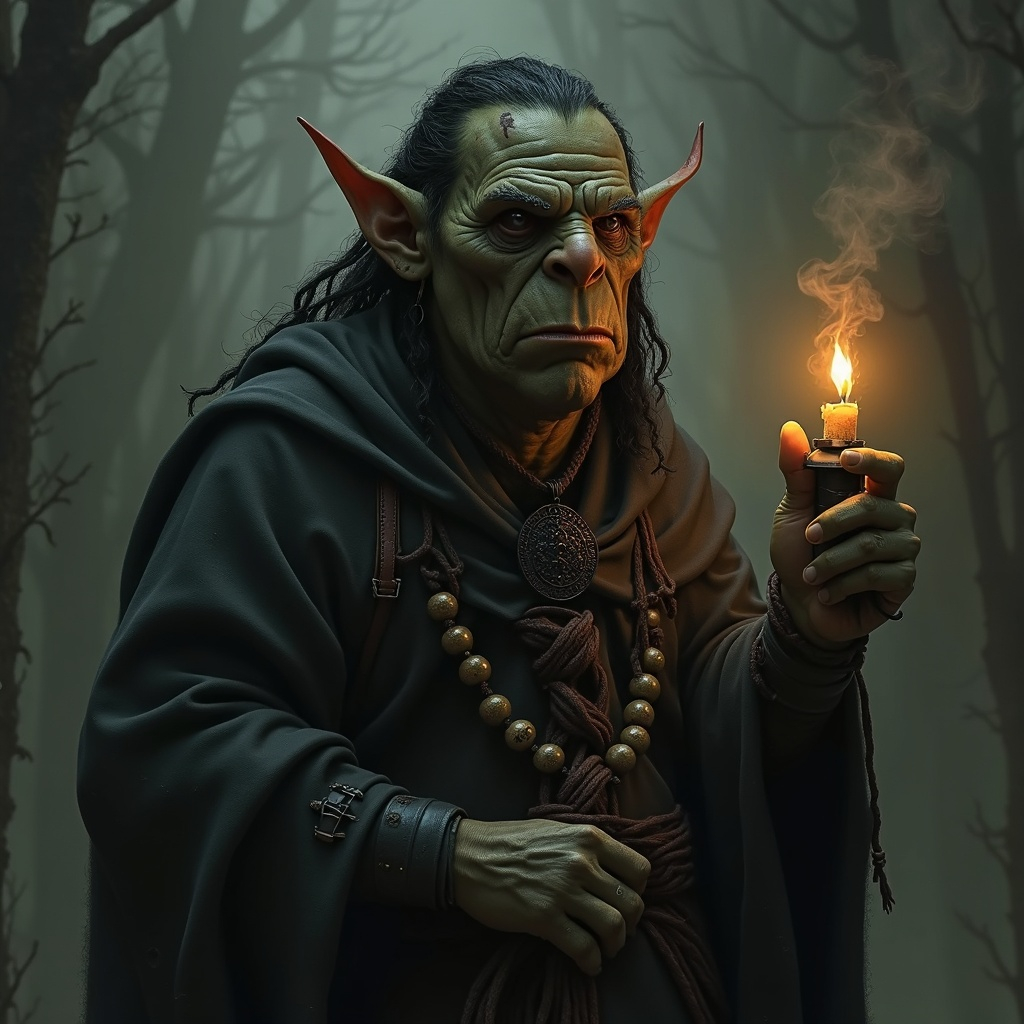Overview
The Gnomes of Skazka are a people wrapped in mystery, their origins obscured in the mists of history. Unlike Elves, whose ancestry stretches clearly back to ancient lineages, or Dwarves, who can trace their roots to divine design, Gnomes seem to have simply appeared — a quiet people without fanfare, mythic event, or cosmic purpose. This lack of a definitive origin has become part of their identity, shaping them into a race defined less by destiny and more by ingenuity, adaptability, and a relentless drive to improve the world around them. Where others rely on tradition, brute strength, or divine blessing, Gnomes excel through innovation, subtle progress, and the quiet revolution of everyday invention.
At the heart of every Gnome lies an insatiable curiosity and an unshakable desire to solve problems. To them, the world is not something to be endured, but a puzzle waiting for solutions. Their smiths design weapons and tools that adapt to conditions, their alchemists brew concoctions that make life safer and easier, and their engineers devise mechanisms that save lives in mines or make simple tasks more efficient. Gnomes are not driven by conquest, wealth, or glory—though these may come as side effects—but by the joy of discovery and the satisfaction of creating something that improves the lives of others. They embody the belief that progress need not come from sacrifice, but from dedication, creativity, and the clever application of knowledge.
Gnomes fit seamlessly into the wider fabric of Skazkan society, though always in their own distinctive way. Their underground communities are masterworks of space management and clever engineering, thriving around natural resources and built with astonishing efficiency. Surface settlements, meanwhile, tend to appear in neglected corners of larger towns—areas too cramped or inconvenient for others, which Gnomes transform into vibrant districts filled with workshops, markets, and ingenious innovations. Their culture, unlike many others, values merit above bloodline, with guilds and workshops granting status based on skill and contribution rather than birthright. This meritocracy produces brilliant merchants, teachers, and craftsmen who spread their creations far and wide. Though peaceful by inclination, Gnomes are not defenseless; when threatened, their ingenuity turns to strategy, traps, and tactical warfare. In both war and peace, they prove that progress and survival alike rest on the same foundation—intelligence, creativity, and adaptability.


